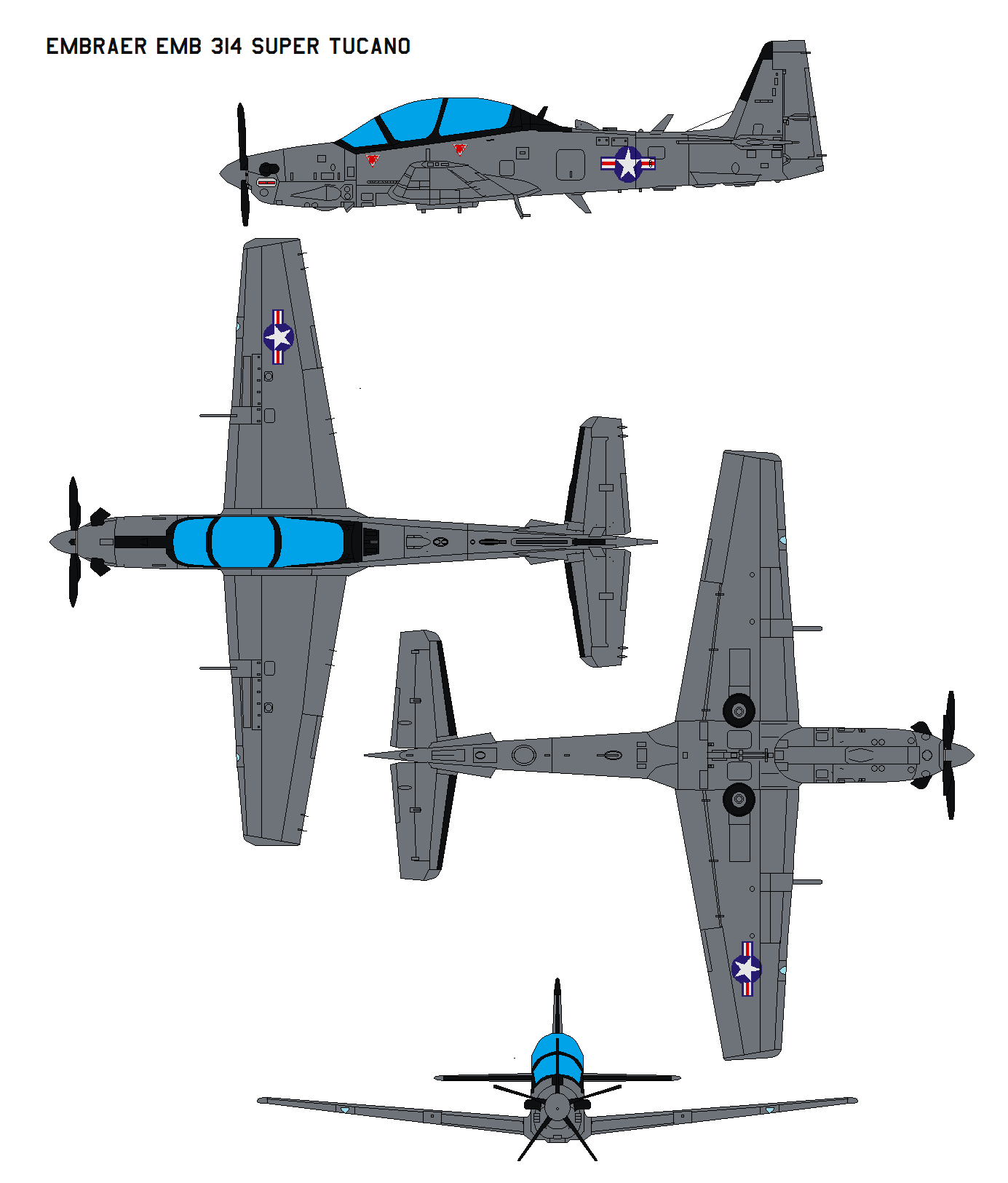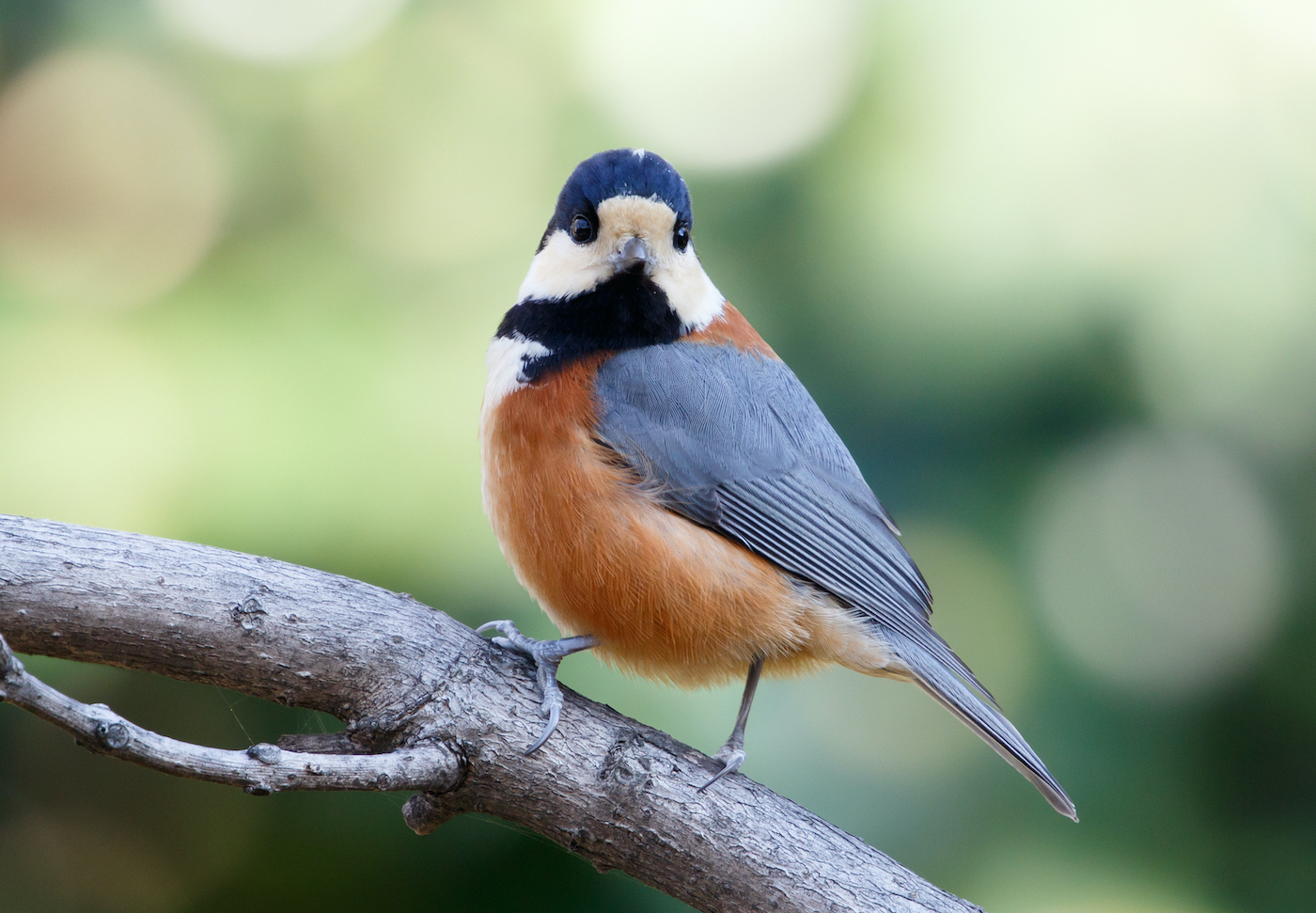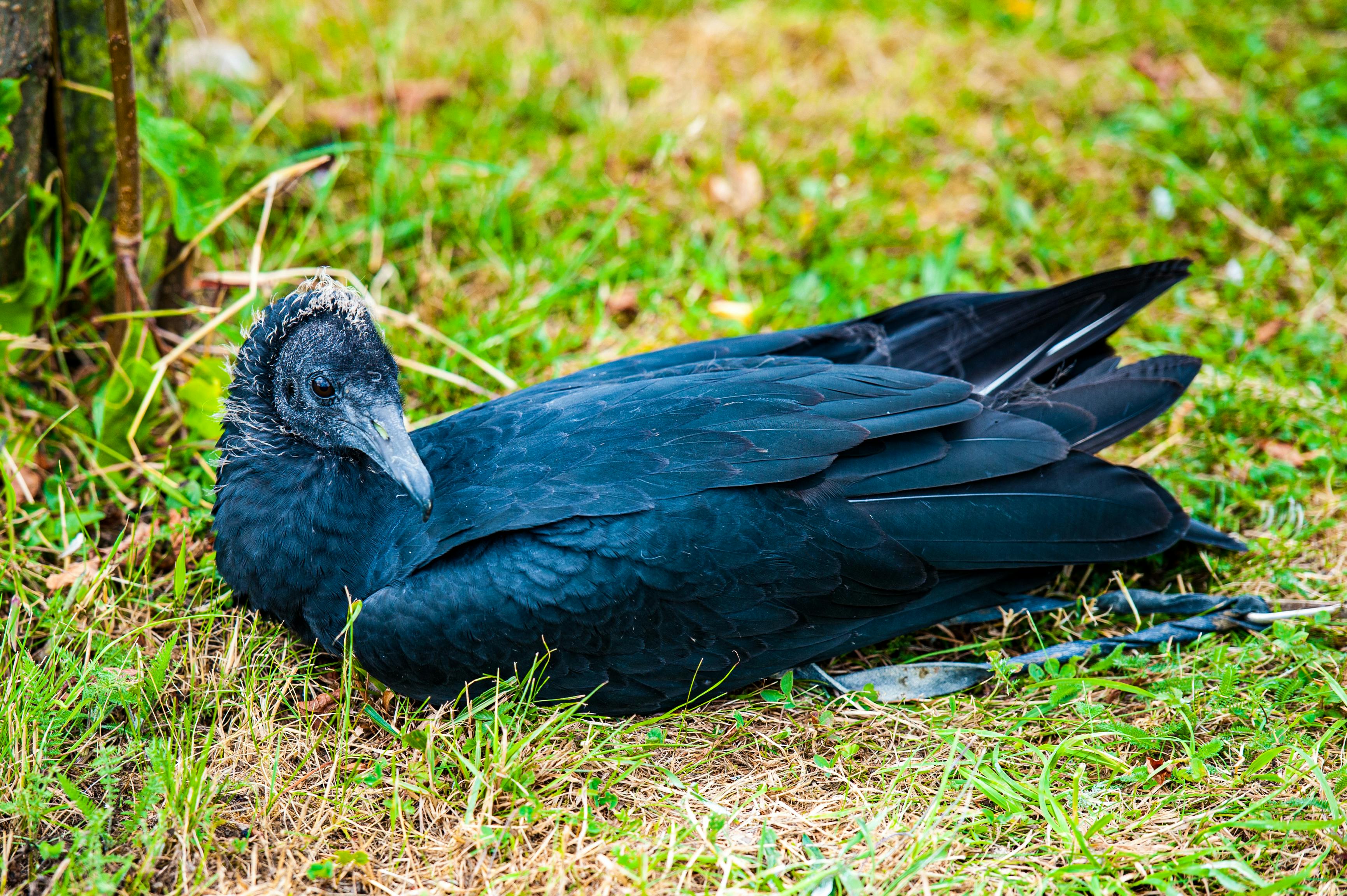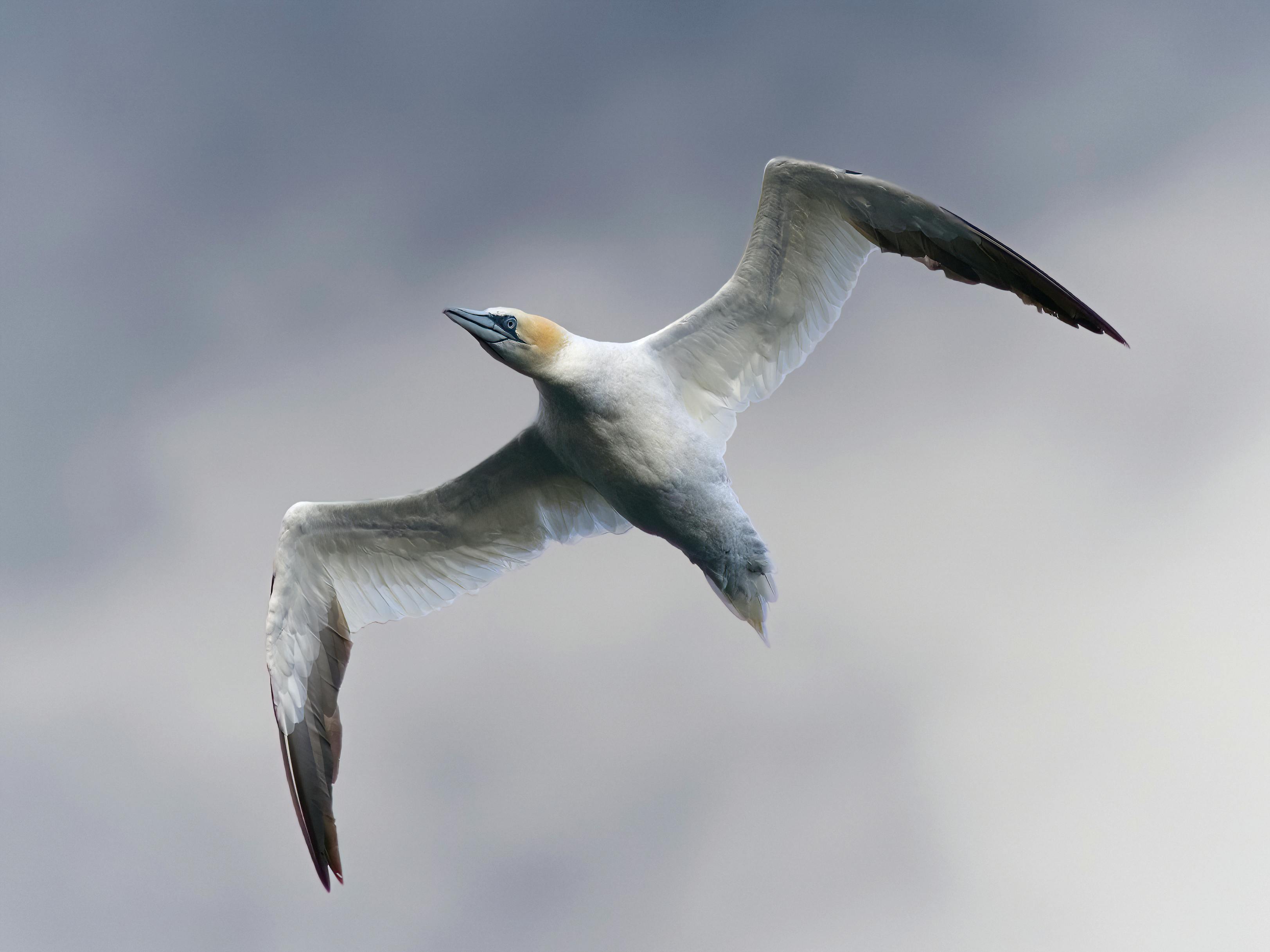Introduction

This blog post explores the fascinating function of bird wings, shedding light on their remarkable adaptations and abilities that enable birds to fly. By delving into the intricate structure and mechanics of wings, we gain a deeper understanding of the evolutionary marvels and ecological significance of avian flight.
Understanding bird wing function is important for several reasons. Firstly, flight is a defining characteristic of birds, setting them apart from other vertebrates. By comprehending their wings, we truly appreciate this unique adaptation and the extraordinary abilities it affords birds.
Secondly, bird wings have significant ecological implications. Flight enables birds to occupy diverse habitats, access food sources, escape predators, migrate, and engage in courtship displays. A thorough understanding of wing function allows us to comprehend the ecological roles birds play within ecosystems.
Studying bird wings provides valuable insights into comparative anatomy and evolutionary history. By examining flight mechanics in birds and other flying organisms, we unravel shared principles and distinctive features of flight across species.
Lastly, bird wings have inspired human engineering, particularly in aviation. Observing and understanding their design and capabilities can inform the development of more efficient aircraft designs, leading to advancements in aviation technology.
Throughout this blog post, we delve into the anatomy, mechanics, and various functions of bird wings, including feathers, skeletal structure, lift and thrust generation, thermal control, gliding, migration, and water movement. By the end, we provide a comprehensive understanding of the multifaceted nature of bird wing function and its importance for both birds and broader conservation efforts.
Anatomy of a Bird Wing

A bird’s wing is a remarkable structure that has evolved over millions of years to enable flight. Understanding its anatomy is essential in appreciating the intricate mechanisms that allow birds to take to the skies.
Overview of the Structure

A bird’s wing consists of feathers, skeletal structures, muscles, and connective tissues working in harmony.
Feathers are specialized, lightweight structures that provide lift, propulsion, stability, and maneuverability during flight.
Types of Feathers and Their Functions
Birds possess different types of feathers, each serving a specific purpose in flight.
Flight Feathers: Also known as remiges, these large, stiff feathers generate lift and thrust. Primary feathers generate lift, while secondary feathers contribute to stability and maneuverability.
Contour Feathers: These feathers cover the entire wing, reducing drag and improving aerodynamic efficiency.
Down Feathers: Soft and fluffy, these feathers provide insulation, keeping birds warm.
Skeletal Structure and Its Purpose
The skeletal structure of a bird wing is lightweight yet robust enough to withstand the forces exerted during flight.
The primary bones include the humerus, ulna, radius, and carpometacarpus. They provide structural support for the feathers.
This lightweight skeletal structure allows birds to achieve efficient flight by minimizing weight without compromising strength.
Understanding the intricate structure of a bird wing provides insights into the adaptations that have allowed birds to conquer the skies. In the following sections, we delve deeper into the mechanics of flight, thermal control, gliding, migration, and water movement, further unraveling the wonders of avian adaptation and behavior.
Flying

Birds have evolved specialized wings that enable them to achieve flight, allowing them to navigate the skies with grace and precision. Understanding how a bird wing functions during flight provides insights into the remarkable abilities of avian flight.
How a Bird Wing is Used for Flight
A bird’s wing is a marvel of biological engineering, specifically adapted for the purpose of flight. The shape and structure of the wing play a crucial role in generating the necessary lift and thrust for sustained flight.
The wings of most birds feature a curved shape on the top surface, known as the airfoil, and a flatter shape on the bottom surface. This design creates a pressure difference, resulting in lift. As a bird moves its wings through the air, it creates airflow over the wing surfaces. The curved shape and angle of the wings deflect air downward, generating lift according to Newton’s third law of motion.
Lift and Thrust Generated by a Bird Wing
Lift is the upward force that opposes gravity and keeps the bird airborne. It is primarily generated by the interaction between the wing’s shape, angle of attack, and the speed of air flowing over its surfaces. The wings’ curved shape and the angle at which they are positioned maximize lift production, allowing birds to overcome the force of gravity.
Thrust, on the other hand, is the forward force that propels the bird through the air. It is created by the downward and backward motion of the wings during the wingbeat. The wings’ motion generates airflow and redirects it in a manner that propels the bird forward, enabling it to travel with speed and efficiency.
Aerodynamic Forces and Their Impact on Flight
During flight, birds experience several aerodynamic forces that influence their maneuverability and stability. These forces include lift, drag, weight, and thrust.
Drag is the resistance encountered by birds as they move through the air, caused by factors such as air friction and the shape of the bird’s body and wings. Weight is the force exerted by gravity, which the bird must overcome with lift to maintain flight. The balance and interaction of these forces determine the bird’s flight characteristics.
By adjusting the shape and angle of their wings, birds can manipulate lift and thrust, allowing them to change direction, maneuver swiftly, and maintain stable flight.
Understanding the intricacies of aerodynamic forces and their impact on flight not only provides insights into the remarkable abilities of birds but also has practical applications in fields such as aviation and engineering.
Thermal Control

Birds are endothermic animals, meaning they generate and maintain their own body heat. The regulation of body temperature is crucial for their survival and overall physiological functioning.
How a Bird Regulates Its Body Temperature
Bird wings play a significant role in thermal control as they are involved in heat exchange processes. Birds have a high metabolic rate, which generates heat. To regulate their body temperature, birds engage in various thermoregulatory behaviors.
One such behavior is adjusting wing posture. By spreading their wings, birds increase heat loss through convection, allowing excess heat to dissipate. Conversely, folding the wings tightly against the body helps conserve heat.
Role of Feathers in Maintaining Warmth

Feathers are essential for maintaining warmth in birds. They have remarkable insulating properties that help birds retain body heat. The structure of feathers creates a network that traps air close to the bird’s body, reducing heat loss through conduction and convection.
Birds can further enhance their insulation by fluffing their feathers, creating air pockets within the plumage. This behavior is particularly useful during colder temperatures when birds need to conserve heat.
In addition to adjusting wing posture and fluffing their feathers, birds often engage in sunning. By exposing their wings to direct sunlight, birds can raise their body temperature.
Understanding the thermal control mechanisms in bird wings is crucial for appreciating the intricate adaptations that allow birds to thrive in various environmental conditions. By maintaining their body temperature, birds can optimize their physiological functions and ensure their survival.
Conclusion


In this blog post, we explored the various functions of a bird wing, focusing specifically on thermal control. Birds regulate their body temperature through behaviors such as adjusting wing posture, fluffing their feathers, and sunning. Feathers play a vital role in maintaining warmth by providing insulation and trapping air close to the body. Understanding the anatomy and mechanics of a bird wing, including its role in thermal control, is important for conservation efforts. By appreciating the remarkable adaptations of bird wings, we can work towards preserving these incredible creatures and their natural habitats.
Gliding: Effortless Flight

Gliding is a remarkable ability that allows birds to traverse the air without actively flapping their wings. Let’s delve into how birds achieve this graceful mode of flight and the mechanisms behind lift generation.
How Birds Glide without Flapping Their Wings
Birds optimize lift and reduce drag by adjusting the shape of their wings. By extending their wings horizontally and keeping them relatively still, birds minimize energy expenditure while taking advantage of air currents and maintaining a steady glide.
Lift Generation for Gliding
Birds employ two primary mechanisms to generate lift during gliding:
Dynamic Soaring: Harnessing the Wind
Certain bird species, like albatrosses, skillfully navigate through layers of varying wind speeds to extract energy from wind gradients. This technique, known as dynamic soaring, allows them to generate lift and sustain their glide, making it ideal for long-distance flights over vast oceanic expanses.
Utilizing Thermals and Updrafts
Birds rely on thermals (columns of warm air ascending from the Earth’s surface) and updrafts (caused by terrain or natural features) to aid in lift generation during gliding. These vertical air currents provide upward lift, allowing birds to remain airborne without continuous wing flapping.
Wing Adaptations for Effortless Gliding
Bird wings exhibit specific adaptations that enhance gliding performance:
Wingspan and Aspect Ratio
Birds with longer wingspans and higher aspect ratios (the ratio of wingspan to average wing width) are more proficient at gliding. Longer wingspans increase the surface area available for lift generation, while higher aspect ratios reduce drag and increase efficiency during gliding.
With these wing adaptations and the ability to exploit air currents, birds effortlessly glide through the skies, conserving energy while covering substantial distances.
Migratory Flights: Epic Journeys

Migratory flights play a crucial role in the lives of many bird species. Let’s explore how birds employ their wings during migration, the adaptations they undergo for long-distance flights, and the role of air currents in facilitating their remarkable journeys.
How a Bird Uses Its Wings for Migration
Birds rely on their wings to cover vast distances between breeding and wintering grounds. During migration, the primary function of bird wings is to provide the necessary lift and propulsion for sustained flight over extended periods. Continuous wing flapping enables birds to traverse great distances, overcoming geographical barriers and navigating through varying weather conditions.
Adaptations to Long-Distance Flights

Migration demands physiological adaptations and behavioral strategies to enhance endurance and flight efficiency. Birds preparing for long-distance flights undergo remarkable changes to ensure their success. Physiological adaptations include increased muscle mass and enhanced oxygen-carrying capacity in the blood, enabling birds to sustain high levels of activity during migration. These adaptations allow birds to maintain flight for prolonged periods and cover hundreds or even thousands of miles.
In addition to physiological changes, birds employ behavioral strategies to optimize flight efficiency during migration. One such strategy is flying in formations, often observed as V-shaped or diagonal lines. Flying in formation reduces wind resistance for trailing birds, resulting in energy savings. The upwash created by the preceding bird provides additional lift, reducing the effort required for sustained flight.
Role of Air Currents in Migration
Air currents play a pivotal role in facilitating bird migration, allowing them to conserve energy and enhance their flying capabilities. One notable air current utilized by migratory birds is thermals. Soaring within these columns of warm air enables birds to gain altitude without excessive wing flapping, conserving energy and covering greater distances more efficiently.
Migrating birds also utilize updrafts, created when wind blows against topographic features. By strategically maneuvering through areas with favorable updrafts, birds can conserve energy and sustain their flights for longer durations.
Furthermore, migratory birds take advantage of tailwinds, which provide an additional boost to their speed and enable them to cover more ground within a given period. By capitalizing on tailwinds, birds minimize flight time and conserve energy during migration.
In conclusion, migratory flights showcase the remarkable capabilities of bird wings. Birds utilize their wings for navigation, endurance, and energy conservation during these extensive journeys. Through physiological adaptations and behavioral strategies, birds enhance flight efficiency and endurance for long-distance flights. Additionally, the utilization of air currents such as thermals, updrafts, and tailwinds further aids their migration efforts. Understanding the role of bird wings in migration is essential for conservation efforts aimed at protecting these remarkable avian travelers and their habitats.
Water Movement

Birds possess remarkable adaptability, utilizing their wings not only for flight but also for various aquatic activities such as swimming and water movement. When it comes to swimming, birds rely predominantly on their wings to propel themselves through the water, showcasing a different aspect of their wing functionality.
How Birds Swim
Birds employ diverse swimming techniques, utilizing their wings in distinct ways to navigate aquatic environments. These techniques enable them to achieve efficient movement and perform various tasks such as foraging, evading predators, and maintaining a suitable habitat.
Types of Swimming Strokes
-
Paddling: Ducks, geese, and swans repetitively flap their wings against the water’s surface, resembling the act of rowing, to generate propulsion and move forward.
-
Flapping and Diving: Penguins “fly” through the water by combining wing flapping and diving, generating lift and propulsion for swift underwater movement, particularly during hunting.
-
Wing-Tucking: Cormorants and auks rely on their streamlined physique and strong swimming abilities, tucking their wings close to their bodies. They primarily use their feet and body movements for propulsion, while wings provide balance and stability.
The specific swimming stroke employed by a bird depends on its species, body structure, and adaptation to aquatic environments. Birds with webbed feet, such as ducks and swans, have an added advantage as their feet act as paddles, providing additional propulsion and enhancing maneuverability in water.
Understanding how birds utilize their wings for swimming and water movement expands our appreciation for their versatility. It highlights their ability to adapt to various environments and utilize their anatomical features in different ways to thrive in diverse habitats.
In the subsequent sections, we will explore additional aspects, such as the remarkable phenomenon of gliding and the role of bird wings in migratory flights.
Conclusion
In conclusion, the bird wing serves a multitude of functions that are essential for a bird’s survival and success in its environment. Understanding the anatomy and mechanics of a bird wing is crucial for effective conservation efforts and the preservation of bird species.
The primary function of a bird wing is flight. The specialized wing structures of birds enable them to generate lift, propulsion, and control their movements in the air. The shape of the wing, combined with the arrangement and functions of feathers, allows birds to achieve sustained flight and perform complex aerial maneuvers.
Apart from flight, bird wings also play a role in thermoregulation. By adjusting the position and orientation of their wings, birds can regulate their body temperature, minimizing heat loss or gain. Feathers, in particular, provide insulation and help maintain warmth, allowing birds to thrive in various climates and environments.
Understanding the anatomy and mechanics of bird wings is essential for conservation efforts. By studying and comprehending the adaptations of bird wings for flight, conservationists can develop strategies to protect and manage bird populations effectively. This includes preserving critical habitats, reducing threats such as habitat loss and pollution, and promoting the overall health of bird populations.
Migration is another significant aspect where knowledge of bird wings is vital for conservation. Bird wings enable birds to undertake long-distance migrations, covering vast distances during their seasonal journeys. Understanding how wings function during migration can aid in conserving crucial migratory routes and providing protected stopover habitats for resting and refueling.
Conservation efforts focused on bird wings can contribute to the preservation of bird species, maintenance of ecosystems, and the overall biodiversity of our planet. By safeguarding the habitats and environments necessary for birds to thrive, we can ensure the continued existence of these remarkable creatures.
Appreciating the wonder of bird wings and their significance in the natural world reinforces the importance of conservation efforts. By valuing and protecting these remarkable adaptations, we can contribute to the preservation of bird species and the delicate balance of our ecosystems.
Frequently Asked Questions
What is the function of a bird wing?
A bird wing serves multiple functions, primarily enabling flight, but also contributing to thermoregulation, gliding, migration, and water movement.
How do bird wings enable flight?
Bird wings generate lift and thrust through their shape, feathers, and wing motion. The curved shape and angle of the wings create a pressure difference, resulting in lift. Wing flapping generates airflow, propelling the bird forward and providing thrust.
How do bird wings help with thermoregulation?

Bird wings play a role in thermal control by adjusting wing posture. Spreading the wings increases heat loss through convection, while folding them conserves heat. Feathers also provide insulation by trapping air close to the body, reducing heat loss.
What is gliding, and how do bird wings facilitate it?

Gliding is a mode of flight where birds traverse the air without actively flapping their wings. Bird wings are adapted for gliding by adjusting their shape and utilizing air currents. Extending the wings horizontally and maintaining a steady glide minimizes energy expenditure while taking advantage of air currents.
How do bird wings contribute to migration?
Bird wings enable birds to undertake long-distance migrations by providing lift and propulsion for sustained flight. Physiological adaptations and behavioral strategies enhance flight efficiency and endurance for these extensive journeys. Birds also utilize air currents, such as thermals and updrafts, to conserve energy and facilitate migration.

Leave a Reply